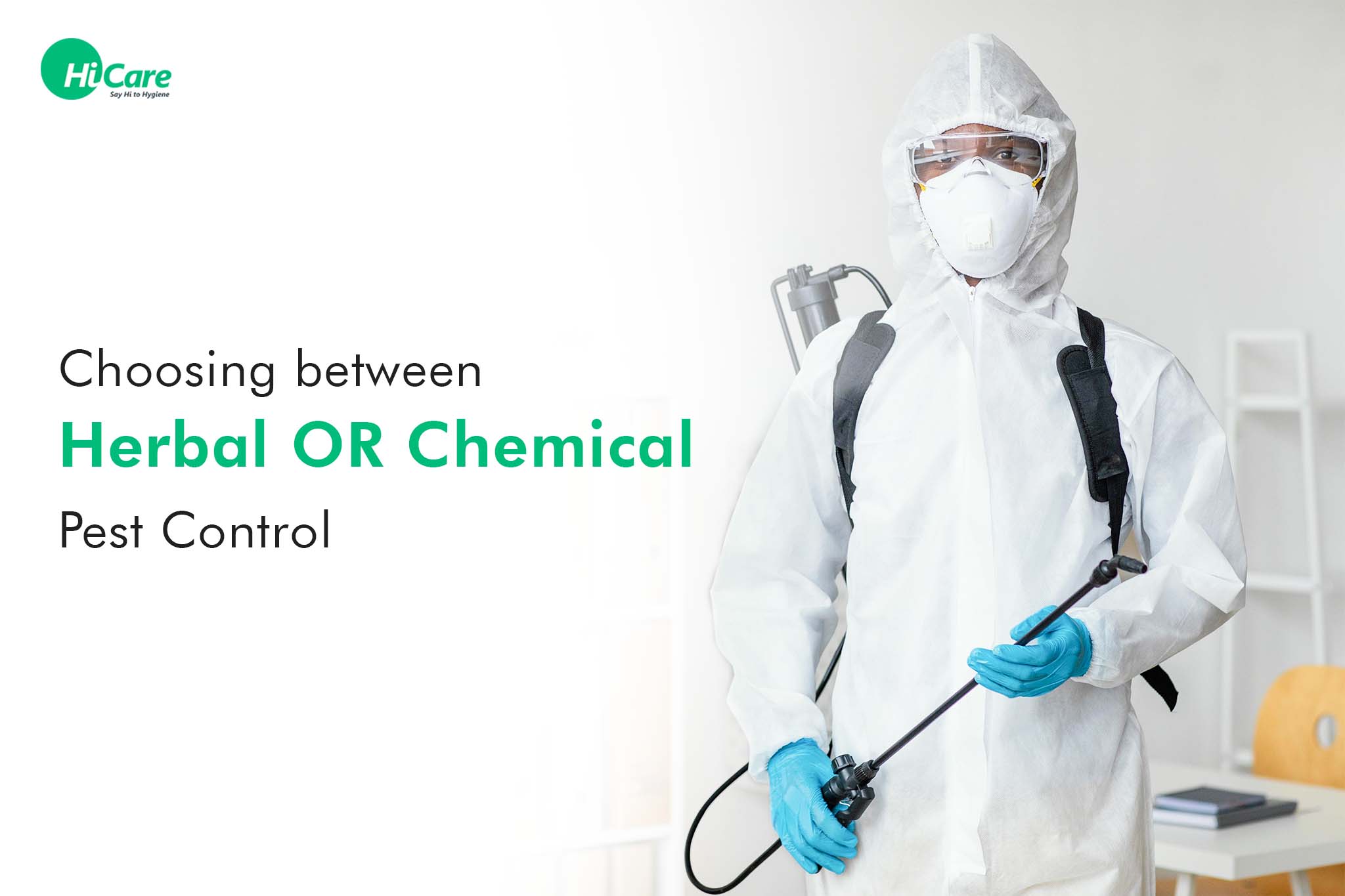Trustworthy A1 Bed Bug Exterminator Charlotte - Remove Bed Bugs Fast
Bed Bug Treatment Malfunction: Contrasting Chemical Vs. Non-Chemical Solutions
In the world of pest control, specifically when managing the relentless issue of bed insects, the selection between chemical and non-chemical treatment remedies can be a critical one. Both methods supply distinctive advantages and disadvantages, influencing variables such as efficiency, safety factors to consider, and overall expense. By checking out the nuanced information of each method, a more clear understanding of which path to seek in addressing a bed insect problem can be achieved.
Performance of Chemical Treatments
Chemical therapies for bed bug infestations have actually been commonly recognized for their powerful and fast efficacy in getting rid of these insects. When considering the effectiveness of chemical treatments, it is critical to recognize that they can supply a fast and detailed remedy to a bed bug trouble.
Additionally, chemical treatments have the benefit of using residual impacts, implying that they can remain to remove bed insects even after the preliminary application. This residual action is particularly beneficial in combating any kind of prospective re-infestations. Furthermore, the quick action of chemical treatments can bring alleviation to people encountering severe bed insect invasions, allowing them to gain back control of their home rapidly.
Safety And Security Worry About Chemical Solutions
One important element that needs mindful factor to consider when making use of chemical solutions for bed bug treatment is guaranteeing the safety of occupants and the atmosphere. Exposure to specific chemicals used in bed pest therapies can lead to respiratory system problems, skin irritability, or various other adverse responses, especially in individuals with pre-existing conditions or sensitivities.
Moreover, the ecological influence of chemical solutions is an additional considerable factor to consider. Some pesticides utilized in bed bug treatments may be harmful to valuable pests, wildlife, and communities if they seep right into the dirt or water systems. It is important to use chemical treatments carefully, adhering to security standards, and considering less harmful choices to mitigate these threats and guarantee the secure and reliable management of bed insect infestations.
Benefits of Non-Chemical Approaches
Considering the prospective safety and security issues and environmental effect related to chemical solutions for bed pest therapy, checking out non-chemical methods provides an encouraging choice with several distinctive benefits. Non-chemical approaches provide a safer alternative for families, specifically those with individuals, pet dogs, or youngsters sensitive to rough chemicals. These strategies remove the threats of direct exposure to harmful substances, minimizing the capacity for damaging wellness impacts. In addition, non-chemical treatments are environmentally pleasant, as they do not add to air or water pollution, making them a lasting option for pest control.
Additionally, non-chemical services can be reliable in targeting bed pests, consisting of hard-to-reach areas where chemical therapies may not pass through. Methods such as heat treatment, vacuuming, heavy steam cleaning, and cushion coverings give detailed elimination without using hazardous chemicals. In addition, non-chemical methods can be much less disruptive, calling for minimal preparation and enabling quicker reentry right into dealt with areas. Generally, going with non-chemical bed insect treatment methods not just prioritizes safety and environmental management yet additionally ensures efficient and detailed insect control.
Limitations of Non-Chemical Treatments

In addition, non-chemical treatments often need several applications to achieve effective eradication. This can be time-consuming and might not constantly assure total elimination of all bed pests and their eggs, specifically in hard-to-reach or covert places.
In addition, the success of non-chemical treatments heavily counts on proper execution and thoroughness, which can be challenging for individuals without specialist expertise. Poor application of non-chemical techniques might cause insufficient obliteration, resulting in relentless problems and the demand for added treatments.
Therefore, while non-chemical therapies have their benefits, it is important to acknowledge these constraints and consider them when establishing one of the most efficient technique for taking care of bed pest invasions.
Cost Comparison: Chemical Vs. Non-Chemical Options
Provided the constraints related to non-chemical treatments, an important facet to evaluate in the context of bed bug administration is the cost home bugs control contrast in between chemical and non-chemical options. Chemical therapies usually entail the application of pesticides by professionals, which can vary from $250 to $900 per area, depending upon the seriousness of the problem and the dimension of the area to be dealt with. On the other hand, non-chemical therapies like heat treatment or heavy steam termite treatment pest control can be more costly, with prices varying from $1,000 to $6,000 for a whole home. While the first expense of chemical treatments might appear reduced, numerous treatments might be required to fully eliminate the problem, potentially raising the total expense. On the other hand, non-chemical options might provide a more sustainable and green service, although they can be cost-prohibitive for some people. Inevitably, when taking into consideration the cost of bed insect therapy alternatives, it is very important to weigh the upfront expenditures versus the efficiency and long-lasting sustainability of the selected method.
Final Thought

Taking into consideration the potential security issues and environmental influence associated with chemical remedies for bed bug treatment, checking out non-chemical techniques offers a promising option with a number of distinct advantages.Offered the limitations associated with non-chemical therapies, a vital element to review in the context of bed bug administration is the expense contrast in between chemical and non-chemical choices. In comparison, non-chemical therapies like warmth therapy or steam can be a lot more pricey, with expenses ranging from $1,000 to $6,000 for a whole home. While the preliminary expense of chemical treatments might appear reduced, multiple treatments may be called for to fully get rid of the problem, possibly raising the total cost.In final thought, when comparing chemical and non-chemical you can try here bed pest therapy options, it is necessary to take into consideration effectiveness, security, benefits, constraints, and price.